- 1,091

- United States
Poll 1386: 1953-1955 Chevrolet Corvette C1 nominated by @Volksauto
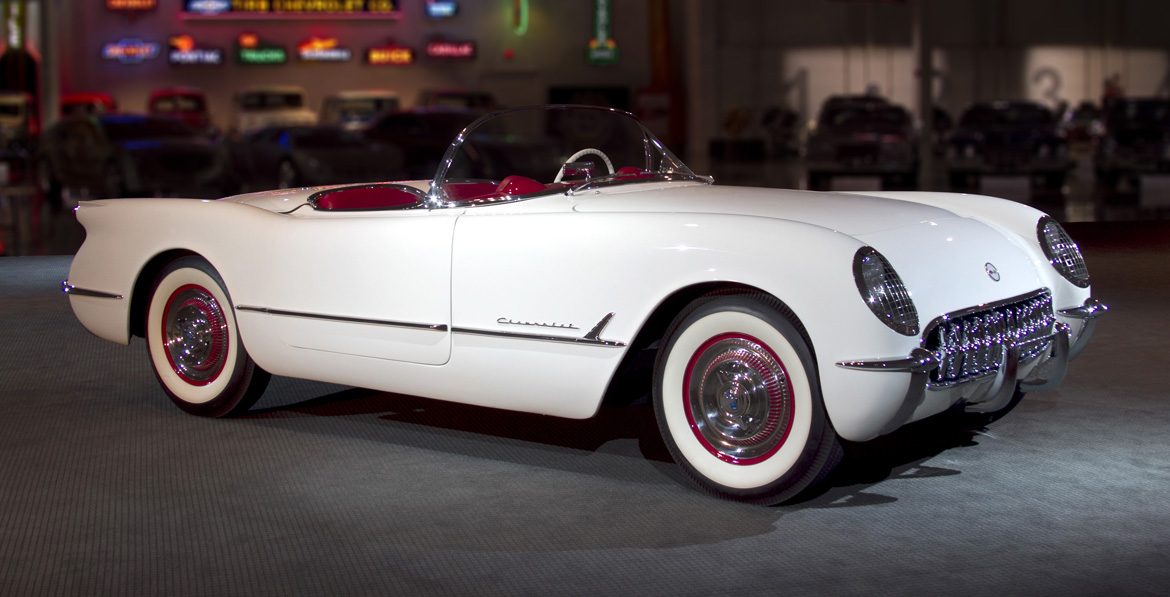
Body Style: 2-door roadster
Engine: 235 cu in (3.9 L) Blue Flame I6, 265 cu in (4.3 L) V8 (1955 only)
Power: 150-195 HP
Weight: 2,886 lb (1,309 kg) (1953–1954), 2,805 lb (1,272 kg) (1955)
Transmission: 2-speed "Powerglide" automatic, 3-speed manual (1955 only)
Drive train: front engine, rear-wheel drive
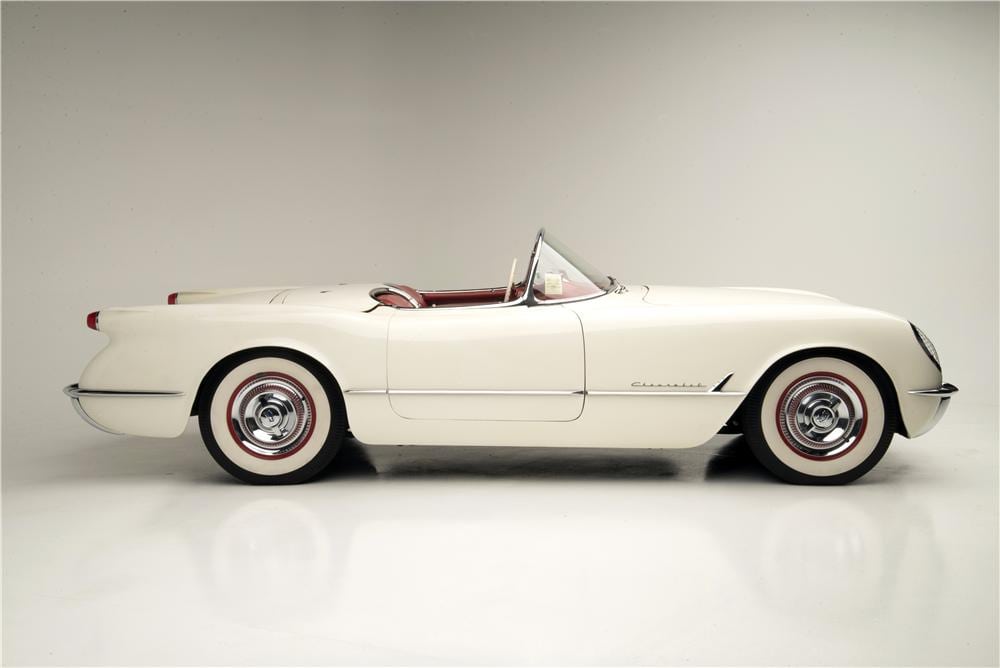
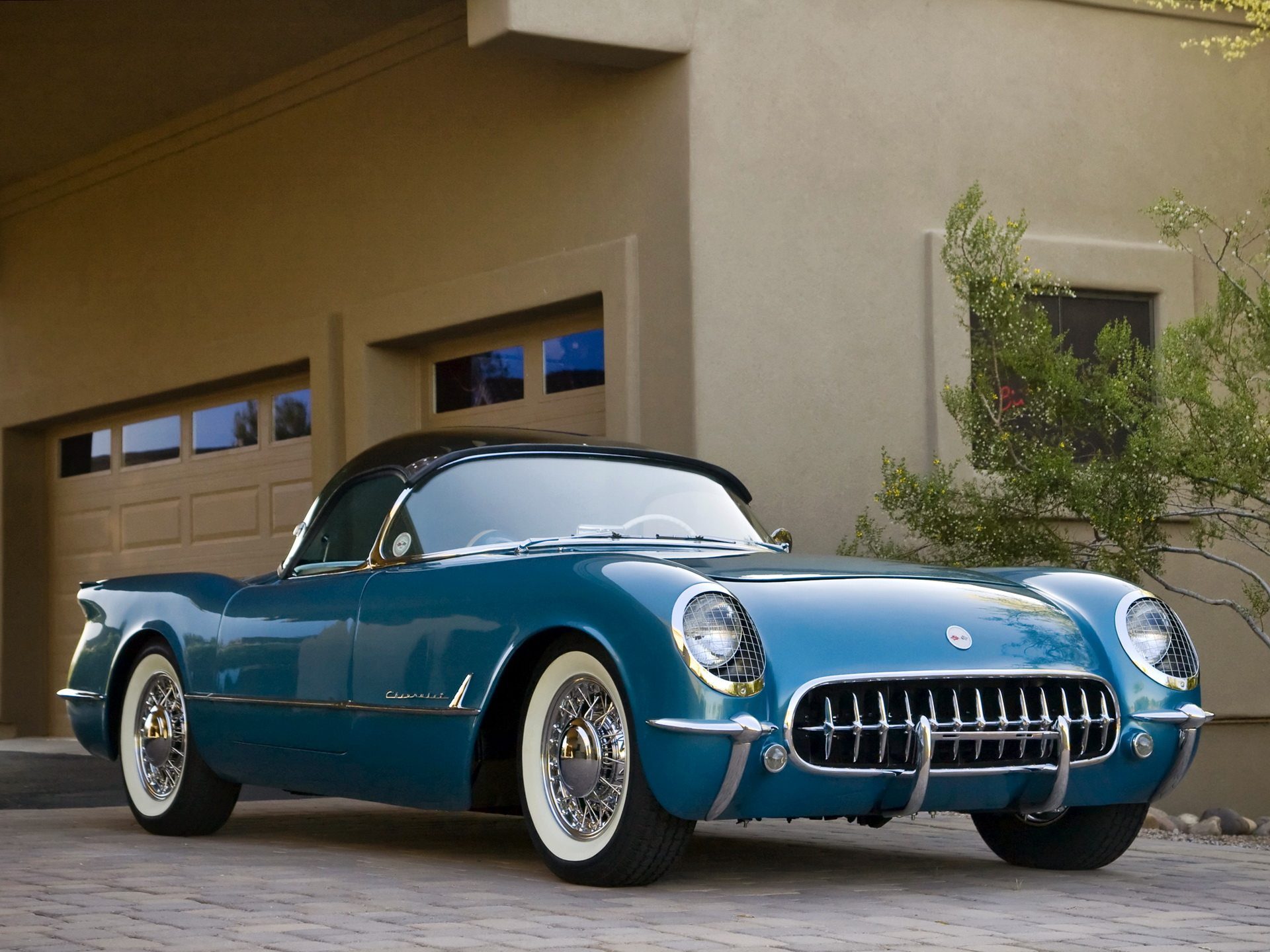
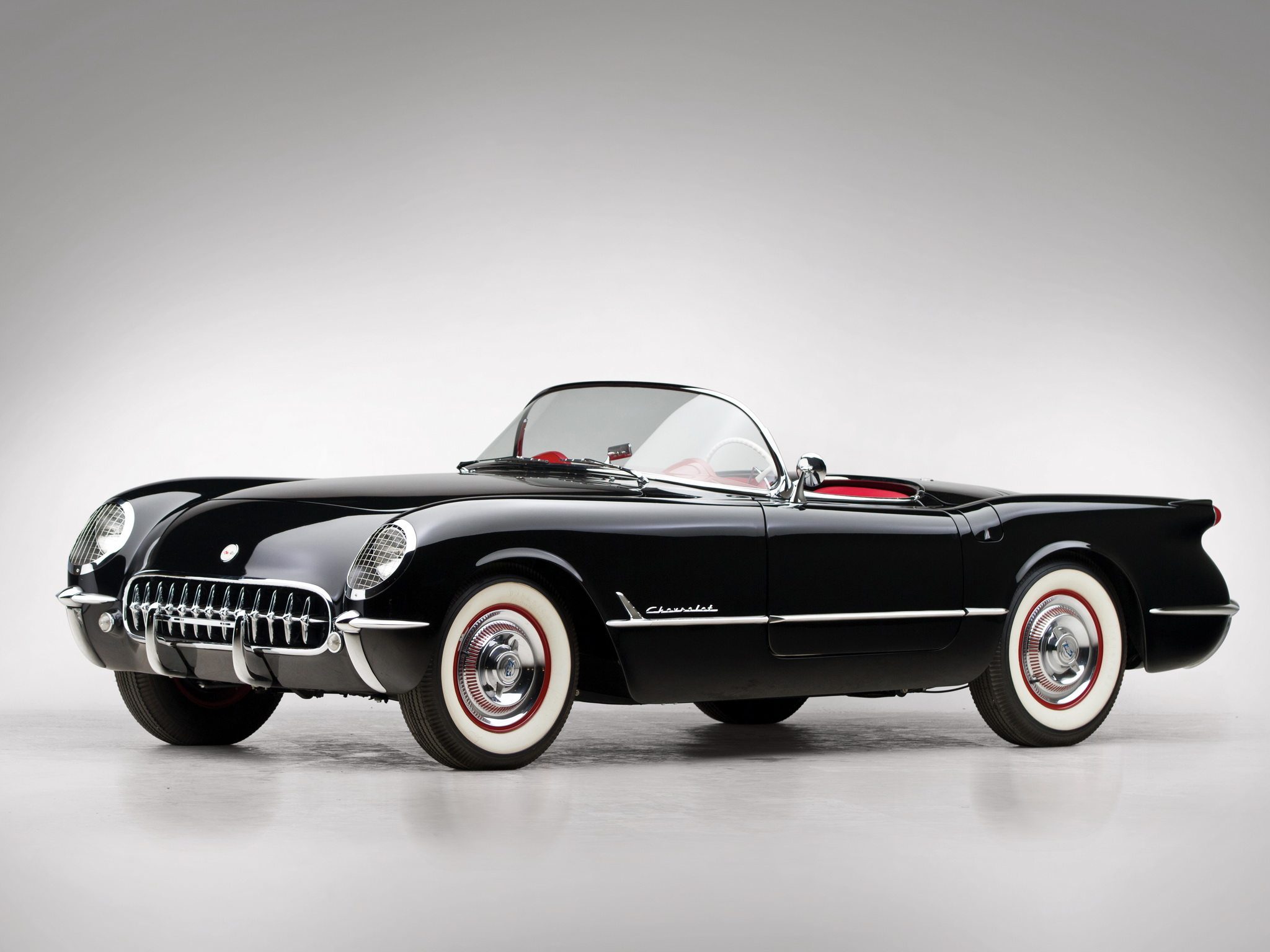
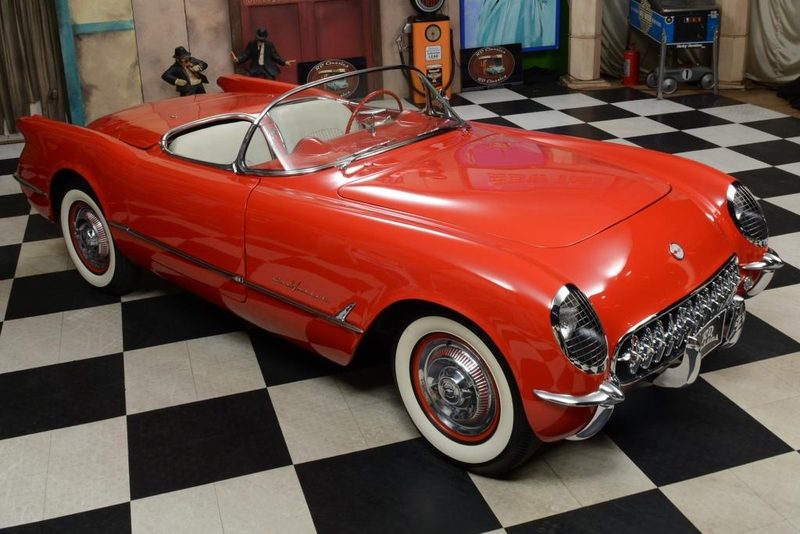



Body Style: 2-door roadster
Engine: 235 cu in (3.9 L) Blue Flame I6, 265 cu in (4.3 L) V8 (1955 only)
Power: 150-195 HP
Weight: 2,886 lb (1,309 kg) (1953–1954), 2,805 lb (1,272 kg) (1955)
Transmission: 2-speed "Powerglide" automatic, 3-speed manual (1955 only)
Drive train: front engine, rear-wheel drive
Harley Earl, as head of GM's Styling Section, was an avid fan of sporting cars. He recognized that GIs returning after serving overseas in the years following World War II were bringing home MGs, Jaguars, Alfa Romeos. In 1951, Nash Motors began selling an expensive two-seat sports car, the Nash-Healey, that was made in partnership with the Italian designer Pininfarina and British auto engineer Donald Healey, but there were few moderate-priced models. Earl convinced GM that they needed to build an inexpensive all-American two-seat sports car, and with his Special Projects crew began working on the new car in late 1951. The last time Chevrolet offered a 2-door, 2-passenger convertible/roadster body style was in 1938 with the Chevrolet Master.
The secretive effort was code-named "Project Opel" (after GM's German division Opel). The result was the hand-built, EX-122 pre-production Corvette prototype, which was first shown to the public at the 1953 General Motors Motorama on January 17, 1953 as a "dream car." When production began six months later, at an MSRP of US$3,513 ($34,982 in 2021), it had evolved into a considerably costlier car than the basic $2,000 roadster Harley Earl originally had in mind.
The 1953 model year was not only the Corvette's first production year, but at 300 produced it was also the lowest-volume Corvette. The cars were essentially hand-built and techniques evolved during the production cycle, so that each 1953 Corvette is slightly different. All 1953 models had Polo White exteriors, red interiors, and black canvas soft tops. Order guides showed heaters and AM radios as optional, but all 1953 models were equipped with both. Over two hundred 1953 Corvettes are known to exist today. They had independent front suspension, but featured a rigid axle supported by longitudinal leaf springs at the rear.
In 1954, 3,640 Corvettes were produced. New colors were available, Pennant Blue, Sportsman Red, and Black, in addition to Polo White. Again, the six-cylinder engine and Powerglide automatic were the only engine and transmission available and was not what sports car enthusiasts expected.
In the October 1954 issue of Popular Mechanics there was an extensive survey of Corvette owners in America. The surprising finding was their opinions in comparison to foreign sports cars. It was found that 36% of those taking the survey had owned a foreign sports car, and of that, half of them rated the Corvette as better than their previous foreign sports car. Nineteen percent rated the Corvette as equal to their foreign sports car and 22% rated the Corvette as inferior. While many were well pleased with the Corvette, they did not consider it as a true sports car. The principal complaint of the surveyed owners was the tendency of the body to leak extensively during rain storms.
Chevrolet debuted its 265 cu in small-block V8 in 1955 and the engine found its way into the Corvette. At first 1955 V8 Corvettes continued with the mandatory-option Powerglide automatic transmission (as did the few 6-cylinder models built), but a new three-speed manual transmission came along later in the year for V8 models only. Exterior color choices were expanded to at least five, combined with at least four interior colors. Even soft-tops came in three colors and different materials. Despite all this, only 700 1955 Corvettes were built, making it second only to 1953 in scarcity. Very few six-cylinder 1955 models were built, and all documented examples are equipped with automatic transmissions. The "V" in the Corvette emblem was enlarged and gold colored, signifying the V8 engine under the hood and 12 volt electrical systems, while 6-cylinder models retained the 6-volt systems used in 1953-54.
Although not a part of the original Corvette project, Zora Arkus-Duntov was responsible for the addition of the V8 engine and three-speed manual transmission. Duntov improved the car's marketing and image and helped the car compete with the new V8-engined Ford Thunderbird, and Studebaker Speedster, and turned the Corvette from its lackluster performance into a credible performer. In 1956 he became the director of high-performance vehicle design and development for Chevrolet helping him earn the nickname "Father of the Corvette."
The Corvette was planned to have a limited production run. But it's improvements led to the creation of a new car market in the U.S. and one of the most famous sports cars of all time.
The secretive effort was code-named "Project Opel" (after GM's German division Opel). The result was the hand-built, EX-122 pre-production Corvette prototype, which was first shown to the public at the 1953 General Motors Motorama on January 17, 1953 as a "dream car." When production began six months later, at an MSRP of US$3,513 ($34,982 in 2021), it had evolved into a considerably costlier car than the basic $2,000 roadster Harley Earl originally had in mind.
The 1953 model year was not only the Corvette's first production year, but at 300 produced it was also the lowest-volume Corvette. The cars were essentially hand-built and techniques evolved during the production cycle, so that each 1953 Corvette is slightly different. All 1953 models had Polo White exteriors, red interiors, and black canvas soft tops. Order guides showed heaters and AM radios as optional, but all 1953 models were equipped with both. Over two hundred 1953 Corvettes are known to exist today. They had independent front suspension, but featured a rigid axle supported by longitudinal leaf springs at the rear.
In 1954, 3,640 Corvettes were produced. New colors were available, Pennant Blue, Sportsman Red, and Black, in addition to Polo White. Again, the six-cylinder engine and Powerglide automatic were the only engine and transmission available and was not what sports car enthusiasts expected.
In the October 1954 issue of Popular Mechanics there was an extensive survey of Corvette owners in America. The surprising finding was their opinions in comparison to foreign sports cars. It was found that 36% of those taking the survey had owned a foreign sports car, and of that, half of them rated the Corvette as better than their previous foreign sports car. Nineteen percent rated the Corvette as equal to their foreign sports car and 22% rated the Corvette as inferior. While many were well pleased with the Corvette, they did not consider it as a true sports car. The principal complaint of the surveyed owners was the tendency of the body to leak extensively during rain storms.
Chevrolet debuted its 265 cu in small-block V8 in 1955 and the engine found its way into the Corvette. At first 1955 V8 Corvettes continued with the mandatory-option Powerglide automatic transmission (as did the few 6-cylinder models built), but a new three-speed manual transmission came along later in the year for V8 models only. Exterior color choices were expanded to at least five, combined with at least four interior colors. Even soft-tops came in three colors and different materials. Despite all this, only 700 1955 Corvettes were built, making it second only to 1953 in scarcity. Very few six-cylinder 1955 models were built, and all documented examples are equipped with automatic transmissions. The "V" in the Corvette emblem was enlarged and gold colored, signifying the V8 engine under the hood and 12 volt electrical systems, while 6-cylinder models retained the 6-volt systems used in 1953-54.
Although not a part of the original Corvette project, Zora Arkus-Duntov was responsible for the addition of the V8 engine and three-speed manual transmission. Duntov improved the car's marketing and image and helped the car compete with the new V8-engined Ford Thunderbird, and Studebaker Speedster, and turned the Corvette from its lackluster performance into a credible performer. In 1956 he became the director of high-performance vehicle design and development for Chevrolet helping him earn the nickname "Father of the Corvette."
The Corvette was planned to have a limited production run. But it's improvements led to the creation of a new car market in the U.S. and one of the most famous sports cars of all time.






Last edited:
